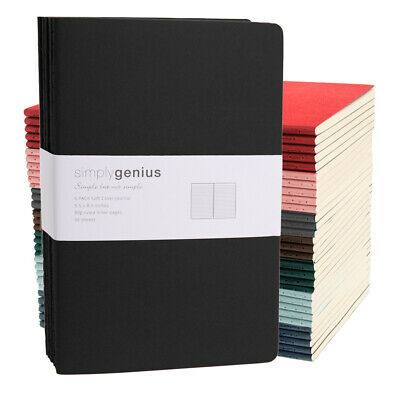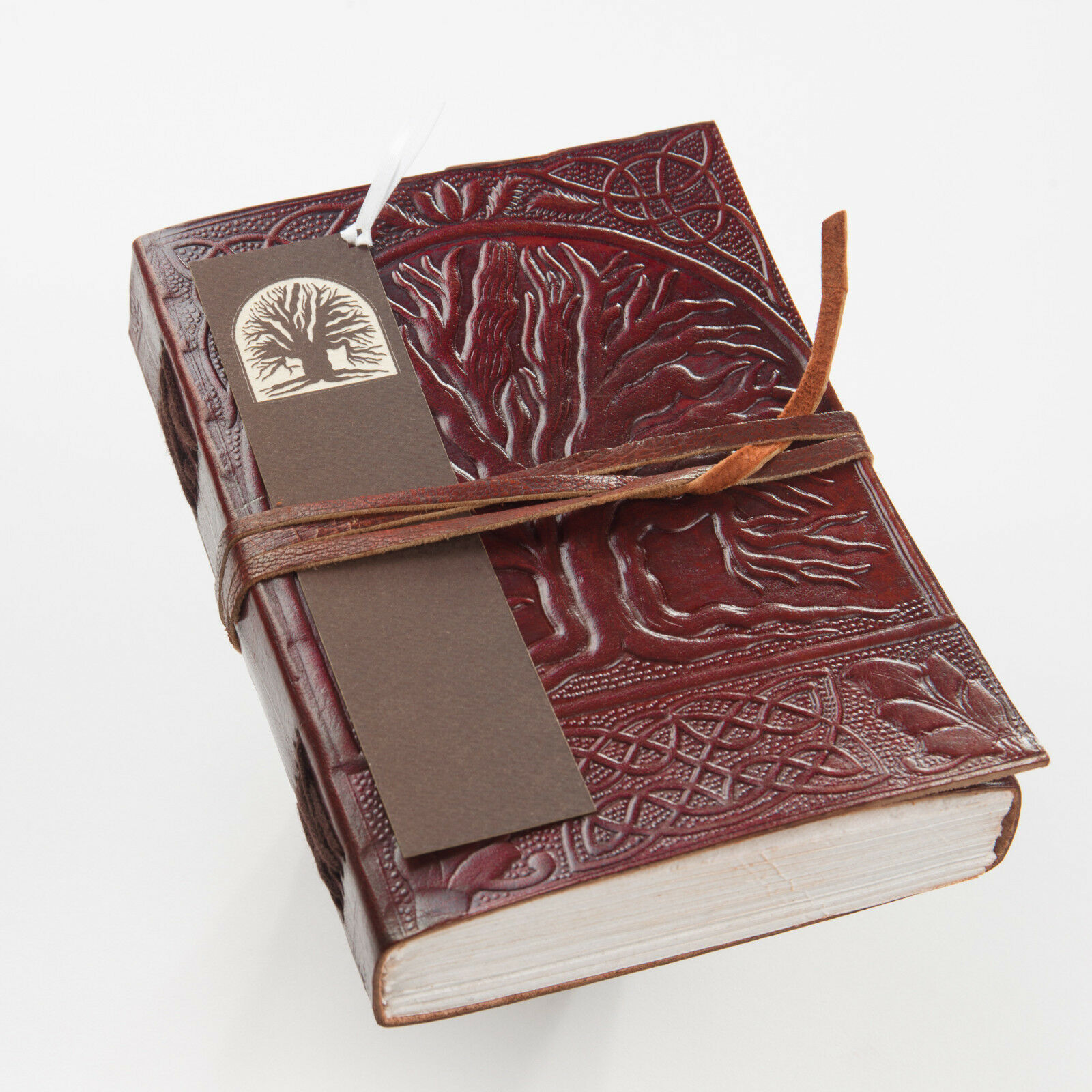-40%
Paperblanks Grolier Ornamentali GRANDE 8 1/4" x 11 3/4" lined journal blank book
$ 18.45
- Description
- Size Guide
Description
Product InformationFORMAT
Grande
SIZE
Width: 210mm (8¼")
Height: 300mm (11¾")
Depth: 30mm (1¼")
INTERIOR
Unlined
PAGE COUNT
240 Pages
CLOSURE
Clasp
COLOUR
Brown
GSM (PAPER WEIGHT)
120
COVER
Hardcover
MORE FEATURES
Smyth sewn
Satin ribbon marker (grandes have two)
Memento pouch
Custom-designed laid paper
MATERIALS
100% recycled binder boards
FSC-certified text paper
Threaded stitching and glue, as needed
Acid-free sustainable forest paper
Decorative printed cover paper
About This Design
Original Art:
Leather binding commissioned by Jean Grolier
Era:
1566
Region:
Paris, France
Previous
Next
Our Grolier design has been inspired by one of Jean Grolier’s greatest commissions, a gold-tooled brown leather binding with an interlaced curving design filling out a six-pointed star. Crafted sometime between 1555 and 1565, the sumptuous book cover is the work of a Parisian shop known as Grolier’s Last Binder, aptly named because it was the craftsmen there who produced most of the works Grolier commissioned toward the end of his life.
Jean Grolier’s collection is an interesting case in the history of bookbinding in that his name, rather than those of the artisans themselves, has become synonymous with the gorgeous and greatly influential designs. Grolier, though not a bookbinder himself, is celebrated as one of the “fathers” of modern bookbinding as his commissions have become famous for their geometrical and arabesque patterns. Our marbled binding, enhanced with a thin sprinkling of gold dust and tooling, is an ideal example of the style for which he has become so celebrated. It was originally crafted to house a revised and enhanced manuscript of an ancient opera by Marcus Tullius Cicero.
The library of Jean Grolier has stood the test of time and is still considered to be one of the finest private collections ever held. With nearly 3000 volumes to his name, Jean Grolier was a true bibliophile and his passion was not only for the books themselves but for sharing them with others. As such, his collection of books was split between those he commissioned for himself and those he acquired or was given. At the time of his death in 1565, he possessed one of the greatest and most extensive private libraries in the world, and his impact on and passion for bookbinding continues to inspire artists, readers and collectors today.













